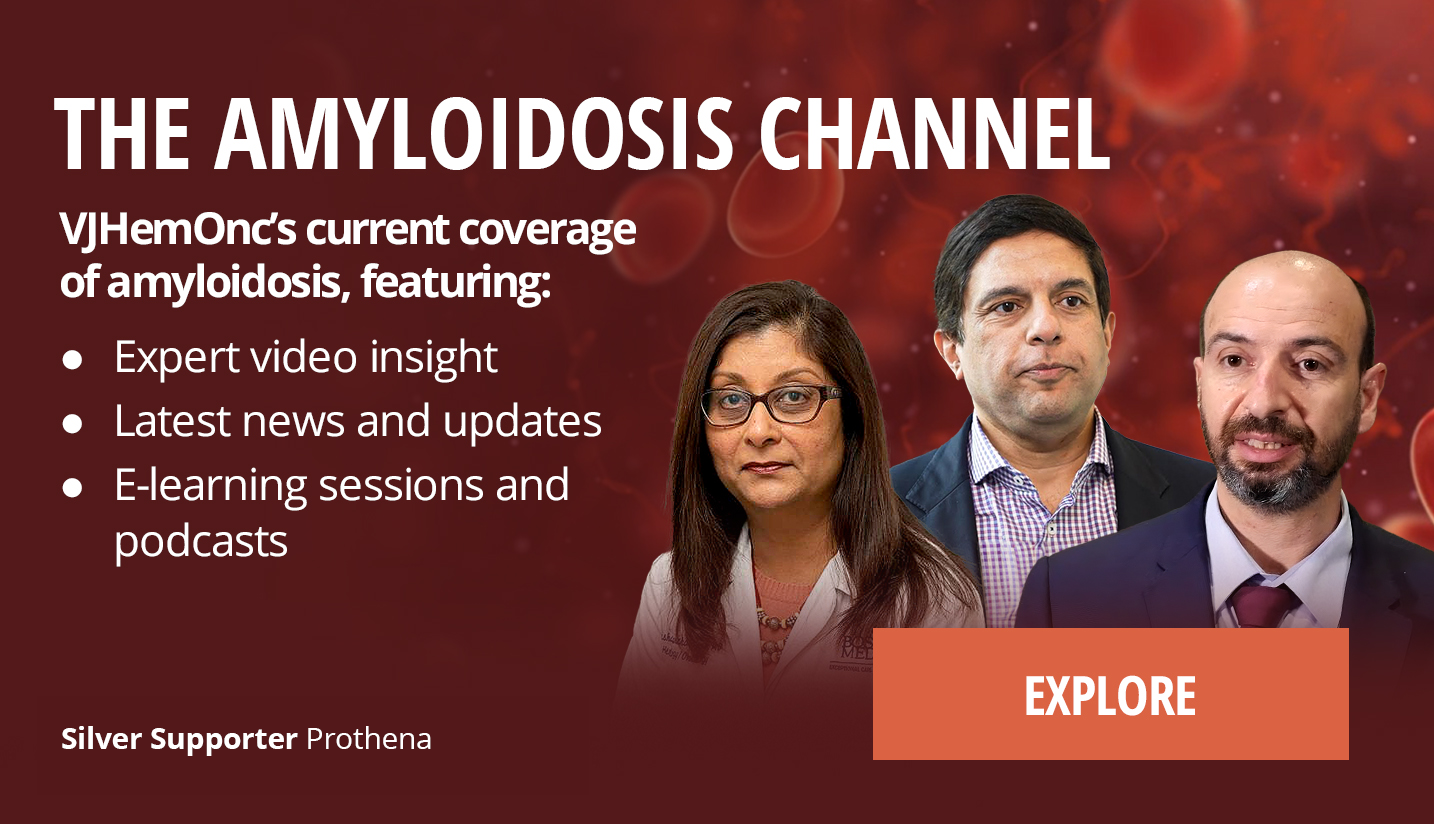I think an early diagnosis is crucial in this disease. I think one of the issues with amyloid is that a lot of the symptoms are nonspecific. There are often lots of other comorbidities that can help explain their symptoms of heart failure, of nephrotic syndrome. So it’s something that often goes undiagnosed for years. You know, the median time to diagnosis is over a year. Most patients have seen up to five physicians by the time a diagnosis is made...
I think an early diagnosis is crucial in this disease. I think one of the issues with amyloid is that a lot of the symptoms are nonspecific. There are often lots of other comorbidities that can help explain their symptoms of heart failure, of nephrotic syndrome. So it’s something that often goes undiagnosed for years. You know, the median time to diagnosis is over a year. Most patients have seen up to five physicians by the time a diagnosis is made. So when they present unfortunately they have very advanced stage amyloidosis, typically advanced stage cardiac involvement which makes their prognosis upfront you know very limited. So, I think early recognition – any patient that really has MGUS plus syndromes as I like to call them, MGUS plus symptoms of heart failure that have been unexplained, symptoms of albuminuria that aren’t really explained, peripheral neuropathy that hasn’t been explained by something else, really should have a workup for amyloidosis so we can diagnose these patients earlier and start them on plasma cell-directed therapy at an earlier stage where they can have very good long-term outcomes.













